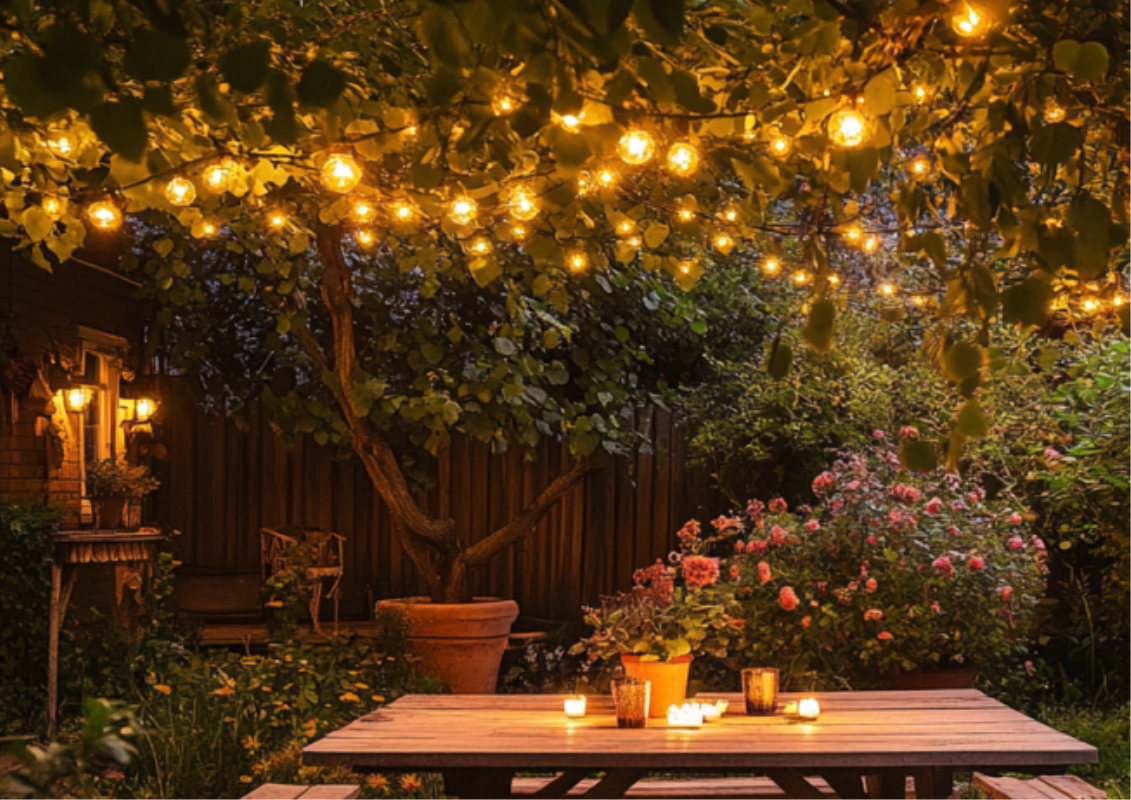Books are an undeniable source of joy for many of us. They whisk us to different worlds, broaden our perspectives, and fill our homes with character. However, for avid readers, the joy of book collecting can sometimes go hand-in-hand with a real problem: running out of space. If you’re drowning in a sea of hardcovers and paperbacks and struggling to manage your collection, don’t worry—you’re not alone, and help is here!
This guide will help you decide what to keep, how to part with the rest, and strategies for organizing and storing your beloved books. After all, every book lover deserves a space that sparks joy without feeling cramped.
Step 1: Take Stock and Assess Your Collection
The first step to tackling your book overflow is taking stock. Yes, that means pulling books out of shelves, off coffee tables, and even from under your bed (don’t worry, we’ve all stashed books in odd places!). While this may seem overwhelming, it’s an important exercise to get a clear picture of your collection.
Questions to Ask Yourself:
- Have I read this book yet? Do you have piles of unread books? If so, prioritize those before holding onto “someday” reads indefinitely.
- Does this book bring me joy or hold sentimental value? Some books are worth keeping forever because of special memories. Others may not have the same pull.
- Will I realistically read this again? Ask yourself if it’s a book you’ll revisit or if the story or knowledge is already well-ingrained in your mind.
- Is this book still relevant to me? Hobbies and interests change. A cookbook for a diet you no longer follow or a career guide for a job you’ve long left may not hold its value anymore.
With these questions in mind, begin sorting your books into three categories: Keep, Donate/Sell, and Repurpose.
Step 2: How to Decide Which Books to Keep
Once you've sorted, here’s how to refine the process to keep only the books that truly matter to you.
- Your All-Time Favorites: Keep the books that you’ve loved deeply and would gladly read again (or recommend to others). These titles are worth their shelf space.
- Reference Materials You Actually Use: Cookbooks, gardening guides, or textbooks can be useful, but only if they’re still relevant and not outdated.
- Series or Collections: If you own an entire series and it feels incomplete without every volume, go ahead and keep it. Be selective if you’ve read the series but aren’t likely to display or revisit it.
- Sentimental Books: Signed copies, gifts from loved ones, or books tied to special moments deserve a place in your home.
For everything else, consider adding it to the Donate/Sell or Repurpose pile.
Step 3: Giving Books a New Life Through Donation or Sale
Donating or selling your books can be a rewarding way to clear space while giving them a second life. Here’s where they can go:
Donation Ideas
- Libraries: Many libraries accept gently used books to add to their collection or sell during fundraising events.
- Schools or Universities: Academic books and children’s titles are appreciated in schools, colleges, or after-school programs.
- Charity Shops: Organizations like Goodwill, Salvation Army, or local thrift stores often accept book donations to resell at affordable prices.
- Community Book Drives: Check for local events or nonprofits that may distribute books to underserved communities.
Selling Options
- Online Marketplaces: Websites like eBay or apps like Depop and Poshmark allow you to sell books directly to buyers.
- Secondhand Bookstores: Local used bookstores may offer cash or store credit in exchange for your books.
- Specialty Sites: For rare or collectible editions, try platforms like AbeBooks or Alibris.
Pro Tip: For books that aren’t in great condition, check with your local recycling program to ensure they’re disposed of responsibly.
Step 4: Get Creative with Repurposing Books
For books that are too damaged to donate or sell, consider upcycling them into something new. Here are some imaginative ideas:
- Decorative Stacks: Use books with beautiful covers to create stacks for end tables or bookshelves. Tie a ribbon around them for an extra touch.
- DIY Projects: Turn worn-out books into art. For example, fold pages into intricate designs, use them as canvases for painting, or make paper flowers.
- Book Furniture: Craft shelves, headboards, or even a side table using sturdy hardcovers. It’s a conversation-starter while rescuing old books.
- Gift Wrapping: Use pages from damaged books to wrap small presents. It’s unique, affordable, and eco-friendly.
Step 5: Organize and Store Your Collection
Now that you’ve narrowed down what to keep, it’s time to create room for these books in a way that’s both practical and visually appealing.
Vertical Storage Solutions
- Invest in Tall Shelves: Floor-to-ceiling shelves maximize storage potential while taking up minimal floor space.
- Add Floating Shelves: Use these to display your books while doubling as a decorative feature.
- Behind-the-Door Storage: Consider specially designed pockets or narrow shelving units for smaller spaces.
Group by Theme or Color
Some readers prefer an aesthetic approach by organizing books by color for a visually pleasing effect. Others group books by genre, author, or subject to make finding titles much easier.
Rethink Traditional Shelving
- Keep It Dynamic: Don’t stick strictly to shelves; stack books horizontally on the bottom of cabinets or under coffee tables.
- Create Rotation: Leave more space for new additions by boxing up off-season reads—for example, store summer beach reads in the winter and rotate them back in the warmer months.
Step 6: Prevent Future Overflow
After all your hard work, the last thing you’ll want is to end up with another unmanageable collection. Follow these tips to maintain balance:
- One-In-One-Out Rule: For every new book you buy, consider getting rid of one you no longer need or have outgrown.
- Prioritize Digital Copies: If you love reading but struggle with space, consider investing in an e-reader. You’ll still get to enjoy new titles without adding physical clutter.
- Library Membership: Search for titles on loan at your library before purchasing. This way, you can enjoy more books without accumulating more items.
- Set Limits: Designate a specific number of shelves or spaces for books. Once they’re filled, it’s time to sort through what you own before adding more.
Step 7: Celebrate Your Well-Curated Collection
Decluttering is hard work, especially for book lovers who form meaningful bonds with their collections. Once your books are neatly organized and your space feels refreshed, take a moment to appreciate what you’ve accomplished. Reward yourself with time to enjoy your collection, whether it’s re-reading an old favorite or curling up with the newest addition to your shelves.
By decluttering and making space for new stories, you’ll continue growing your love for books while ensuring your home stays comfortable and inviting.
 (Image via
(Image via





